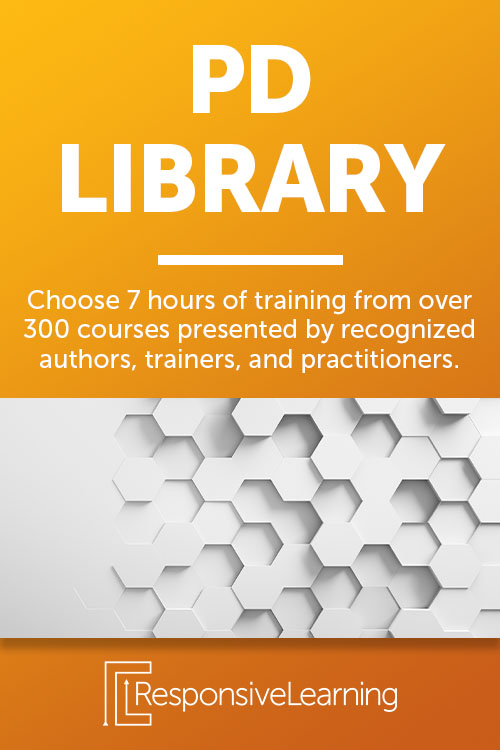Students spend about half of their waking hours at school. Every teacher wants to make their classroom a safe environment for all students, and being aware of food allergies is an important way to do that.
Of all the most common allergies, food allergies pose the biggest risk at school due to social activities and cafeterias. Food allergies in children are on the rise, and 40% of those affected report a severe reaction.
While some people might erroneously use the word “allergy” to describe an intolerance or diet preference, a true allergic reaction is an involuntary immune response to certain foods and can be very dangerous.
The most common food allergens are:
- Milk
- Peanuts
- Eggs
- Tree nuts
- Wheat
- Shellfish
- Soy
- Fish
With any food allergy, the severity can’t be predicted, so every educator needs to have the tools to prevent students from coming in contact with common allergens and act quickly when life-threatening reactions occur.
Mild reactions vs anaphylaxis
Many people experience seasonal allergies throughout the year that cause annoying symptoms like itchy eyes and runny noses, but it’s important to understand that a severe allergic reaction, called anaphylaxis, is different.
Mild allergic reactions to food can include things like itching, hives, and mild nausea, but anaphylaxis causes difficulty breathing and can be life-threatening.
While prevention is hugely important, teachers can’t stop there, since allergens also hide in foods that you may not be aware of. It may be easy to spot an allergen when a student brings a bag of trail mix with peanuts in it to lunch, but you may not realize that another student’s lunch contains a sauce made with peanuts.
Since allergens can be tricky to spot, educators should assume that they will encounter an allergic reaction at some point and prepare for it. A well-prepared teacher could make the difference between life and death when you know the signs and symptoms of anaphylaxis and what steps to take when a student has a severe reaction.
Be prepared to act

If one of your students had an anaphylactic reaction tomorrow, would you know what to do? We created our course “Precautions for Anaphylaxis” to help educators understand how common food allergens might affect their classrooms.
In this 30-minute course presented by our team at Responsive Learning, teachers will discover more about topics like:
- The responsibility schools have to protect their students
- Terminology used to talk about allergens
- Common allergens
- Signs of an allergic reaction
- Steps to take to minimize potential allergens at school
- What to do in an anaphylactic reaction
When you’re finished with this course, you’ll have peace of mind knowing everything you need to confidently handle different allergen situations you may face. Whether you’re a new teacher who’s just starting out or have been in education for years, this course will help you know how to take precautions to prevent allergic reactions, recognize the signs and symptoms of anaphylaxis, and how to take action in an emergency.
Don’t wait for an emergency before you learn how to take precautions for anaphylaxis. Discover more about this course and view a demo today.







